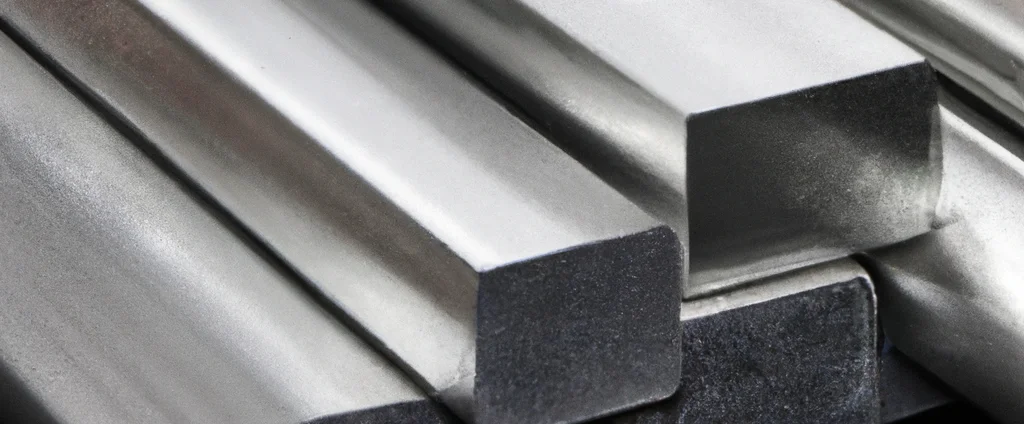Aluminum Alloy 6082 (UNS A96082)

Aluminum 6082 is a premium heat-treatable alloy, renowned for its optimal balance of high strength, exceptional corrosion resistance, and excellent weldability. As one of the strongest 6000-series alloys, it is widely specified for structural and load-bearing applications.
| Chemical Composition | ||
|---|---|---|
| Element | Min | Max |
| Aluminum | 95.2% | 98.3% |
| Chromium | —— | 0.25% |
| Copper | —— | 0.1% |
| Iron | —— | 0.5% |
| Magnesium | 0.6% | 1.2% |
| Manganese | 0.4% | 1.0% |
| Silicon | 0.7% | 1.3% |
| Titanium | —— | 0.1% |
| Zinc | —— | 0.2% |
| Residuals | —— | 0.15% |
The following table provides a list of aluminum 6082 properties in both SI and US customary/Imperial units.
Click on the button to switch between Metric and Imperial units.
| Physical Properties | Metric |
|---|---|
| Density | 2700 kg/m3 |
| Mechanical Properties | Metric |
| Tensile Strength | 140 - 330 MPa |
| Yield Strength | 85 - 320 MPa |
| Shear Strength | 85 - 220 MPa |
| Young’s Modulus (E) | 70 GPa |
| Shear Modulus (G) | 26 GPa |
| Elongation at Break | 6 - 18% |
| Poisson’s Ratio (ν) | 0.33 |
| Brinell Hardness | 78 HB |
| Thermal Properties | Metric |
| Melting Point | 555 °C |
| Thermal Conductivity | 180 W/m·K |
| Specific Heat Capacity (Cp) | 900 J/kg·K |
| Coefficient of Thermal Expansion (αL) | 2.3×10-5 1/°C |
| Electrical Properties | Metric |
| Electrical Conductivity | 2.45×107 S/m |
| Electrical Resistivity | 3.8×10-8 Ω·m |
The values in this table are approximate and can vary depending on various factors such as the specific manufacturing process and heat treatment applied to the alloy.
Advantages & Disadvantages of Aluminum 6082
| Advantages | Disadvantages |
|---|---|
| Good strength | High cost |
| Weldability | Heat treatment sensitivity |
| Corrosion resistance | Limited hardness |
| Machinability | Surface finish |
| Lightweight |
Applications of Aluminum 6082
Aluminum 6082 is the material of choice for engineers requiring a lightweight yet high-strength solution. Key applications include:
- Structural Components: Widely used in the construction industry for structural applications, including beams, trusses, scaffolding, and frameworks due to its excellent strength-to-weight ratio.
- Transportation: The lightweight nature makes it ideal for transportation applications, including automotive components such as chassis, body panels, wheels, and suspension parts. Also used in the aerospace industry for aircraft structures and components.
- Marine Equipment: Its corrosion resistance makes it suitable for marine applications, including boat hulls, decks, and other equipment that requires resistance to saltwater corrosion.
- Sports Equipment: Used in the production of sports equipment due to its lightweight and durable properties, including bicycle frames, skiing and snowboarding equipment, and sporting firearms.
- Furniture and Decorative Applications: Employed in the production of furniture, both indoor and outdoor, as it offers a combination of strength, lightweight, and corrosion resistance. Also used for decorative purposes such as architectural accents and interior design elements.
- Heat Sinks: The good thermal conductivity makes it suitable for heat sink applications, used in electronic devices and systems to dissipate heat and maintain optimal operating temperatures.
- Industrial Machinery: Utilized in the manufacturing of industrial machinery, including machine frames, conveyor systems, and equipment enclosures, thanks to its strength, machinability, and corrosion resistance.
